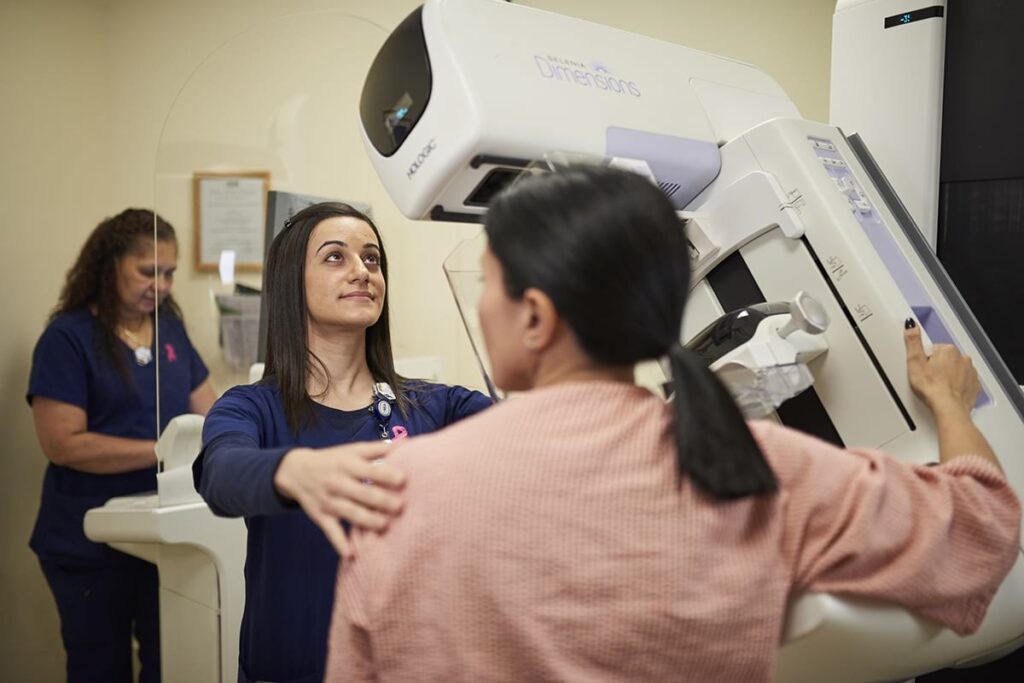
What is Mammography?
Mammography is an examination of a breast through X-ray. It facilitates diagnosing breast problems, such as a lump, pain, or nipple discharge, to name a few.
Digital Mammography
Digital Mammography has improved the imaging results. It provides more clearly electronic images of the breast and also facilitates storage and transformation. The in-depth details that digital mammography provides include masses, calcifications, areas of abnormal density that may indicate the presence of cancer. High-resolution Computer monitors recording images allow radiologists to have better visualization of the structures within the breast tissues.
Who needs Digital mammography?
Women should opt for Mammography if they experience or do not experience any changes in their breast structure and function.
Research studies show that with the increasing risk of women exposed to breast cancer, women should have regular screening mammograms starting at age 45.
Women with family history, genetic tendency, past breast cancer are at greater risk. Therefore they should talk with health experts about early mammography screening or having more frequent exams.
Experts recommend mammography for women experiencing breast pain, palpable lump, breast skin thickening or indentation, nipple discharge or retraction, erosive sore of the nipple.
How Digital Mammography is done?
The process involves the use of full-field digital mammography (FFDM), a mammography system. It has solid-state detectors that convert X-rays into electrical signals. These electrical signals produce images of the breast on a computer screen. The technical system allows manipulating the obtained digital images in a way that improves resolution and contrast. It facilitates interpretation, making it easier to view dense breast tissue and small tutors. The efficiency of digital mammography often eliminates the need for additional follow-up imaging.



